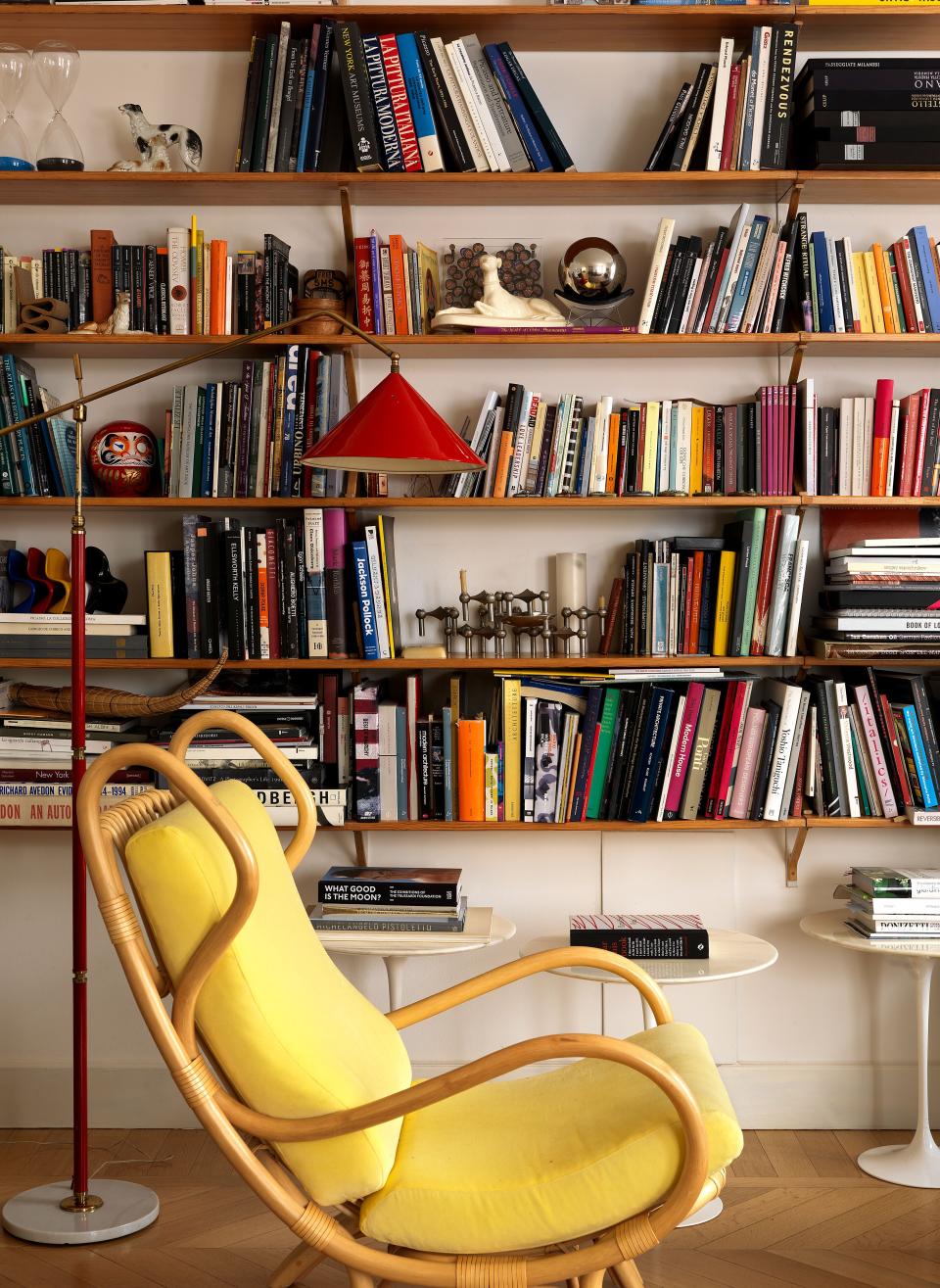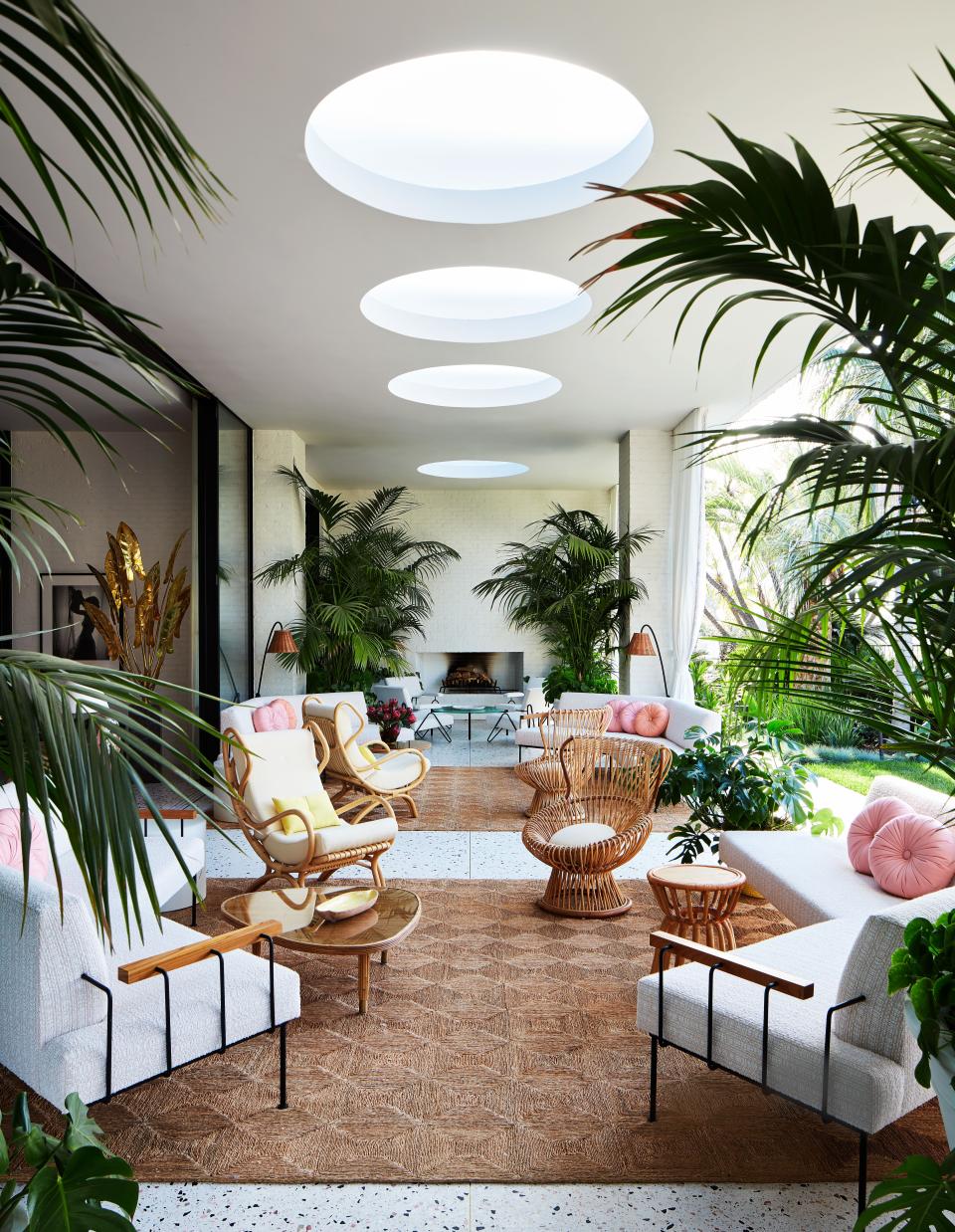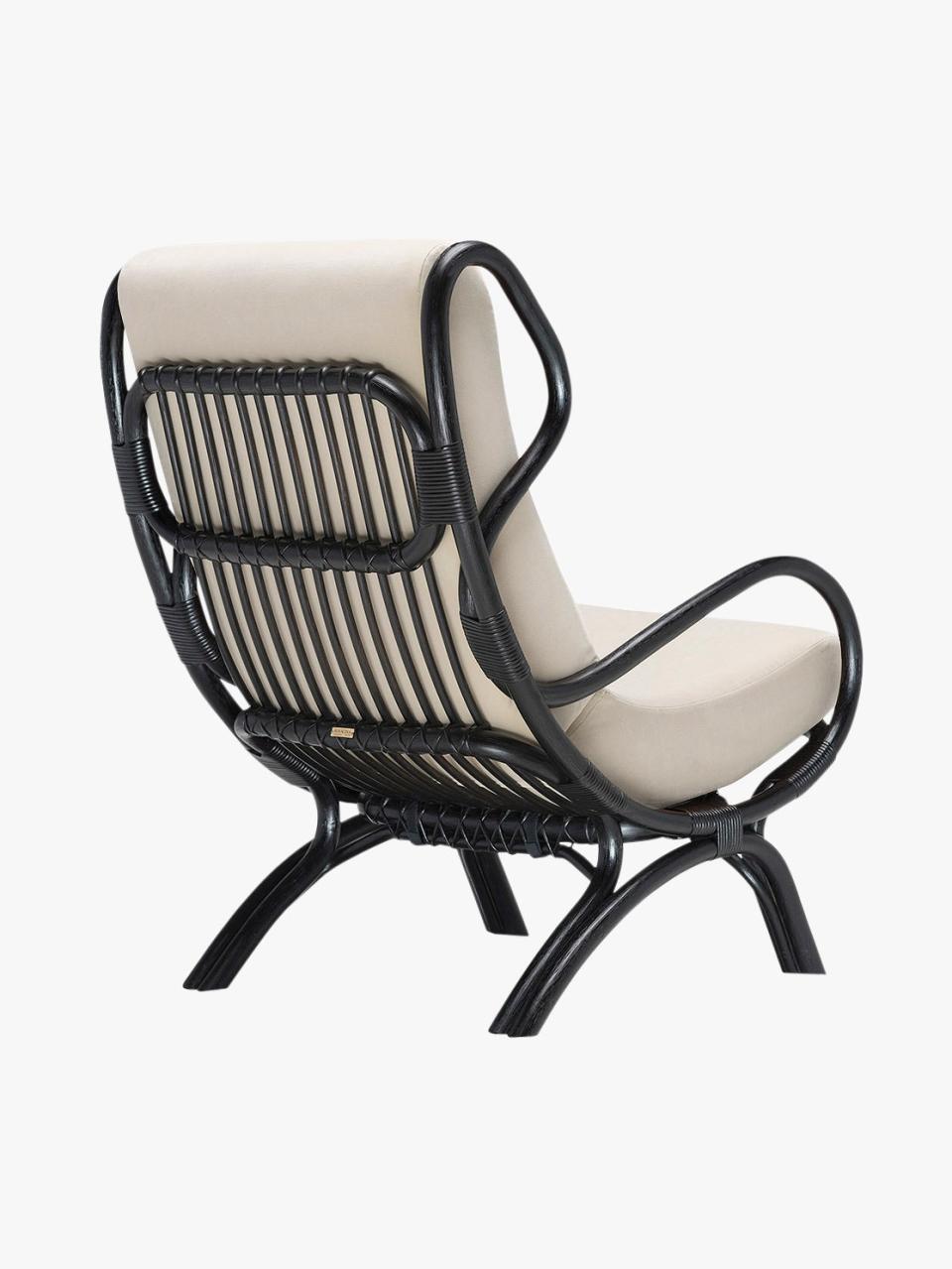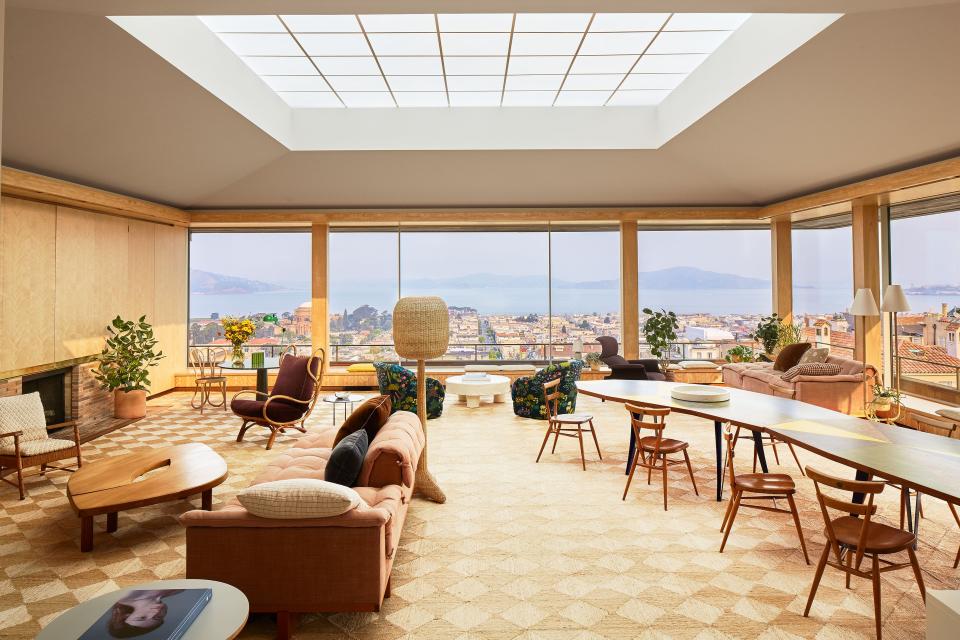Unpacking the Everlasting Appeal of Gio Ponti’s Undulating Wicker Armchair

Photo: Mondadori Portfolio/Getty.

Beginning in the 1940s, Italian architect Gio Ponti created a series of refreshingly modern riffs on the wingback chair. In one, a sinuous carved wood frame was topped with fat cushions. In another variety—this one fully upholstered—the “wings” seemed to be folded from its sides like origami. So in 1963, when Italian heritage brand Bonacina 1889 asked Ponti to design a chair in their hallmark bamboo and rattan, the maestro thrilled at the chance to revisit the form in yet another medium. The resulting steam-bent wicker BP16 armchair—later renamed the Continuum— gave the illusion that it was constructed from one continuous reed.

“It highlights the characteristic of the material that allows soft folds without interruptions, joints, or welding,” explains Salvatore Licitra, Ponti’s grandson and the founder of Gio Ponti Archives. “He kept it on display at the entrance to his studio surrounded by ceramics and other handmade objects.”
Like so many of Ponti’s historic designs, rare early examples have emerged on the secondary market fetching gobsmacking sums—one pair went for more than $40,000 at a Piasa auction in 2020. But for more than 60 years since its debut, Bonacina has continued to produce the seat to the architect’s specifications. This year, it joins the heritage catalog of 90-year-old Italian brand Molteni&C, which has worked with Gio Ponti Archives since 2012 and will reintroduce the icon in a deep, chocolate brown finish (from $9,600).


The new colorway will lend graphic punch to the piece that has long punctuated the projects of AD100 designers like Jamie Bush and Charles de Lisle, fans of its organic, free-form curves. “It has the animated quality of a panda, all done in these loops of hand-bent rattan,” says de Lisle, who snagged an early production model for a client in San Francisco. (Its sister was supposedly acquired for the Gio Ponti exhibition at Paris’s Musée des Arts Décoratifs, which opened in 2018.) “I love its twist on traditional form and subtle cinematic character.” molteni.it
Originally Appeared on Architectural Digest
More Great Stories From AD
The Story Behind the Many Ghost Towns of Abandoned Mansions Across China
Inside Emily Blunt and John Krasinski’s Homes Through the Years
Take an Exclusive First Look at Shea McGee’s Remodel of Her Own Home
Modular Homes: Everything You Need to Know About Going Prefab
Beautiful Pantry Inspiration We’re Bookmarking From AD PRO Directory Designers
Not a subscriber? Join AD for print and digital access now.
Browse the AD PRO Directory to find an AD-approved design expert for your next project.

